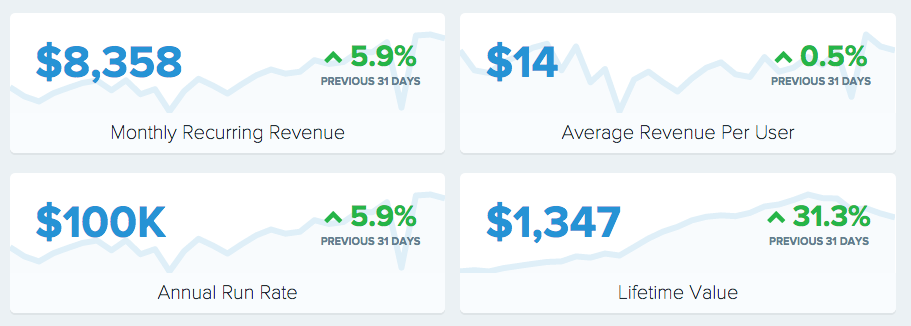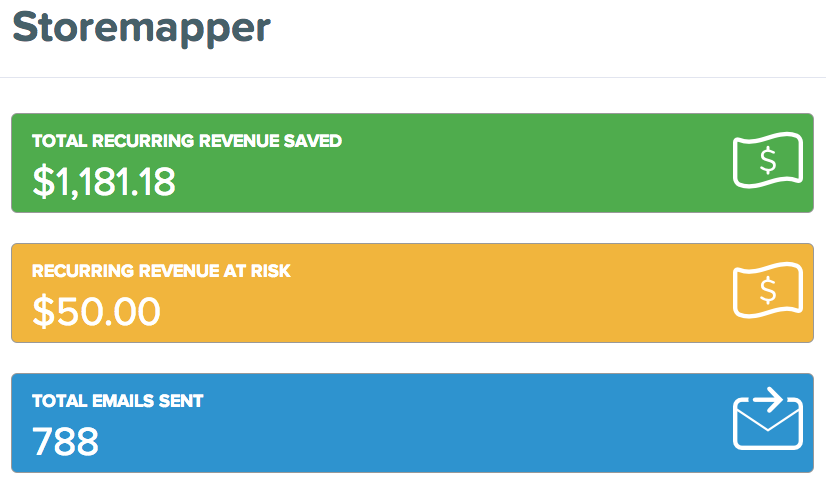Five years ago I built and launched the first version of a SaaS app on a single flight from San Francisco to Buenos Aires. Slowly and steadily, Storemapper grew into a healthy location-independent business for one person and then later a small dedicated remote team. At parties, I would describe it as, “not a startup; a healthy growing internet small business.” This year, almost exactly five years after launching, I sold the business for what, to someone growing up middle class in Florida, is a life-changing amount of money that will enable all kinds of exciting new projects and adventures. From start to finish, it has been an exciting ride, much of which I have documented here on the blog. With the sale concluded, I wanted to share as much as I could about the process of building a business that can be sold and how I sold it.
There’s always a risk that these posts turn into a 5,000-word humblebrag. But I really do think it’s worth a read because, unlike most business acquisition stories, which often feel like an out of the blue stroke of good luck, the way that I sold Storemapper feels very replicable for other entrepreneurs. When I spoke to someone two years ago about what it would look like if I ever sold the business I would say, “I’m not trying to sell it now, but if I ever did it would probably look this…” And six months ago I would tell a few folks privately, “I think that one of the people I met recently might be the one to buy Storemapper and if they do it will probably go like this…” And, then basically when it all went down it looked more or less like… that. There wasn’t some single huge stroke of good luck, though of course, I got lucky in the little ways that every successful business has to. An excellent outcome, but also a perfectly reasonable and achievable one that I think can serve as something of a template for other bootstrapped entrepreneurs.
This is a long and detailed post. I had so many questions going into this process and I didn’t find a ton of good posts from the founders perspective on selling bootstrapped businesses. So I thought I would just throw everything I could think of into a post and let you skip around or save it for reference when you’re considering selling your own business. Grab a pot of coffee and let’s get started.




